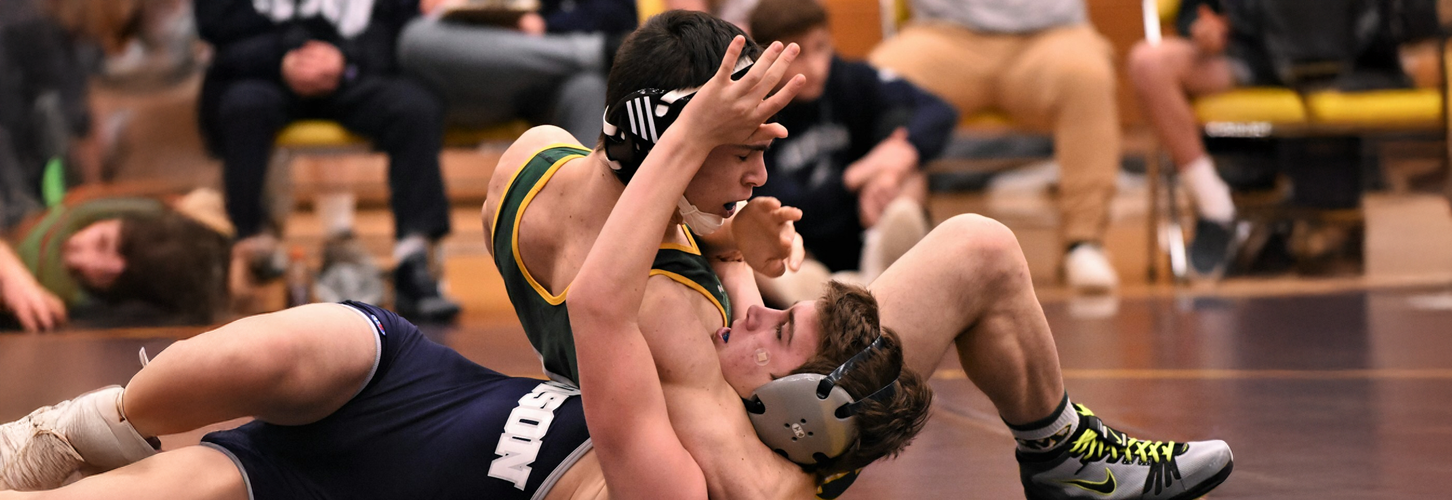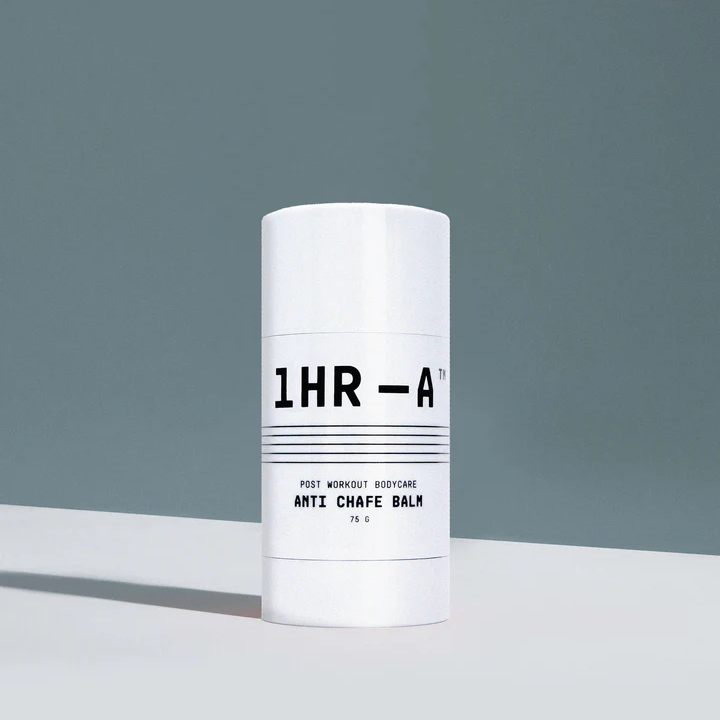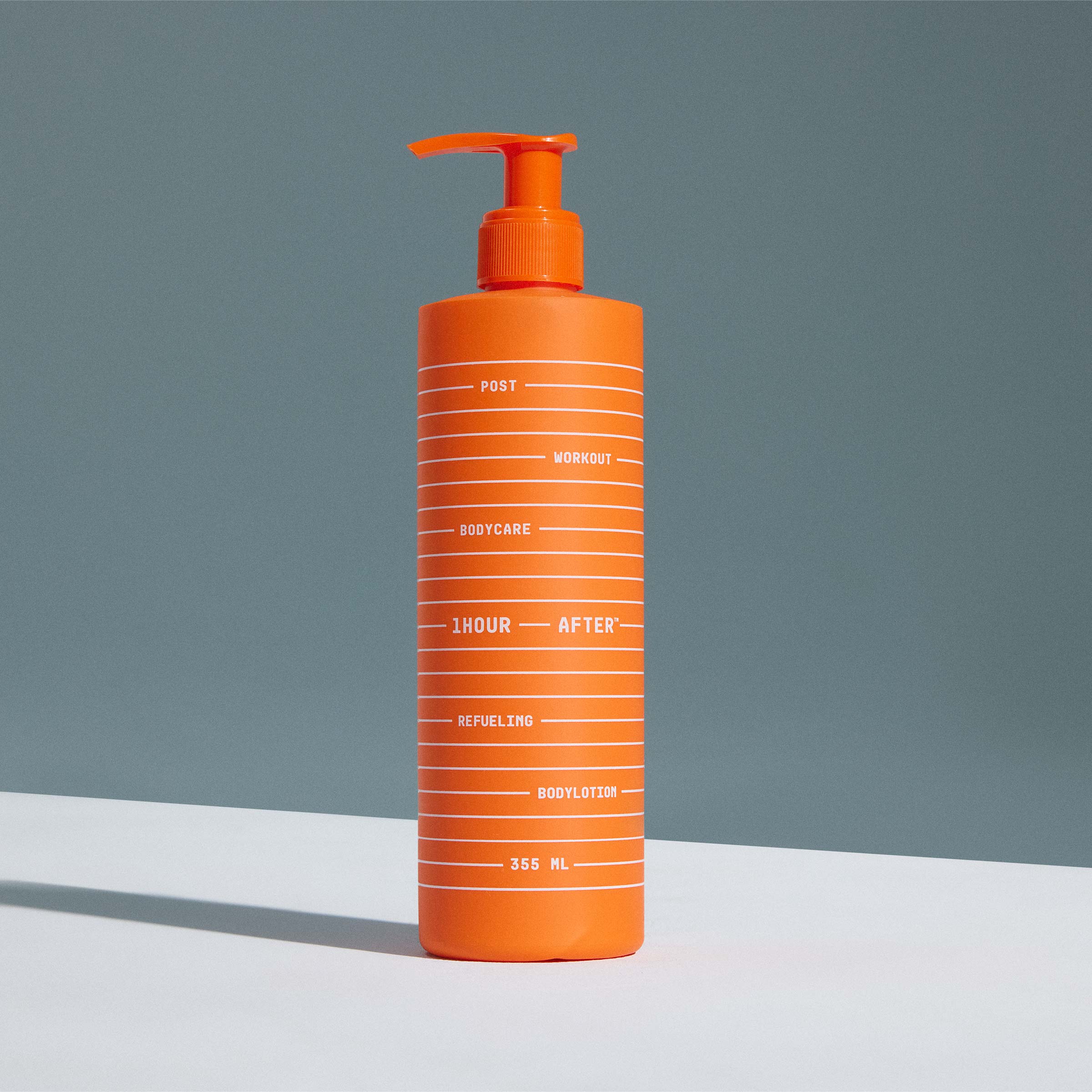
Stronger After Every Match: The Complete Wrestling Recovery Plan for All Levels
Table of Contents
Wrestling is one of the most physically demanding sports. It always pushes athletes to their limits with intense matches, gruelling practices, and constant weight management. It tests your strength, focus, and endurance. Whether you're wrestling in high school, college, or at the pro level, how you recover after wrestling training or a match can make a big difference.
Wrestling doesn’t end when the whistle blows - your next win starts with how well you recover. A good recovery plan helps you stay healthy, avoid injuries, and come back stronger. This blog is your complete wrestling recovery guide - packed with research-backed insights, body care routines, and smart strategies to keep you strong, injury-free, and consistently improving. Let’s break down what recovery really means and how to master it.
Why Is Wrestling Recovery So Important?
As a wrestler, you spend a lot of time on the mat between matches, duals, and tournaments. Every match and practice session puts stress on both your body and mind. You sprint, grapple, and make explosive movements - all of which can lead to sore muscles, joint pain, and minor injuries. It’s easy to overlook the importance of refuelling and recovery during the competitive and off-season. But without proper recovery, you risk burnout or injury.
Wrestling recovery helps your body repair and rebuild. It also boosts performance by improving strength, flexibility, and mental focus. Skipping this vital process leads to:
- Chronic fatigue and overtraining
- Lingering muscle soreness (DOMS)
- Decreased strength and speed
- Greater risk of joint and soft tissue injuries
- Mental Burnout
- Poor performance in tournaments and practices
By prioritizing recovery, you’ll bounce back faster, perform better, and stay in the game longer. Here's how to do it right.
1. Refuel With the Right Nutrition
Post-training nutrition plays a crucial role in muscle recovery and energy restoration. What you consume within 30-60 minutes after a match or workout can significantly impact how your body repairs and prepares for the next wrestling session.
Key Components of Post-Wrestling Nutrition
-
Protein: Aim for 20-30 grams of high-quality protein to support muscle repair and growth. Good sources include eggs, lean meats like chicken or turkey, Greek yogurt, or protein shakes.
-
Carbohydrates: Replenish your glycogen stores with complex carbohydrates such as whole grains, fruits, or sweet potatoes. This helps restore energy and improve endurance for future sessions.
-
Healthy Fats: Incorporate healthy fat sources like avocado, nuts, or seeds. These can help reduce inflammation and support joint health.
-
Hydration: Rehydrating is essential, especially after intense sweating. Drink plenty of water and consider adding electrolytes to restore lost sodium and potassium.
Chocolate Milk: A Simple, Effective Recovery Drink (Try This!)
Many wrestlers opt for chocolate milk as a convenient, cost-effective recovery option. It offers a balanced combination of protein, carbohydrates, and electrolytes in a single serving. In this YouTube interview, a wrestling coach highlights its effectiveness. The American Dairy Association also recommends chocolate milk as a smart post-training recovery choice, especially for student-athletes.
2. Sleep: The Best Natural Recovery Tool
Sleep is your body’s natural repair mechanism. During deep sleep, your body releases growth hormone, which plays a key role in muscle repair and tissue regeneration. Aim for 7-9 hours of quality sleep each night to support consistent recovery.
Establish a consistent sleep routine by dimming the lights, avoiding screens for at least an hour before bed, and keeping your room cool, ideally around 65°F (18°C).
Short daytime naps (30 minutes) can also boost recovery without disrupting nighttime sleep, especially during intense training periods or tournament weekends.
3. Incorporate Active Recovery
Rest doesn’t always mean staying still. In fact, active recovery involves low-intensity movement on rest days and can be one of the best ways to speed up healing after a tough match or practice workout.
Low-Impact Ways to Recover:
- Take a light walk or go for a relaxed bike ride.
- Do a short yoga or dynamic stretching session.
- Swim for 20 minutes to reduce soreness and stay mobile.
- Try a gentle massage to relieve muscle tension and boost circulation.
- Spend time in a sauna to relax muscles and encourage detox through sweating.
- Add static or resistance band stretches to maintain flexibility and prevent stiffness.
These gentle activities improve blood circulation, help flush out lactic acid, reduce muscle stiffness, and support faster recovery. Swimming is especially effective for wrestlers because it’s low-impact while still engaging multiple muscle groups.
4. Try Cold and Heat Therapy
Cold and heat therapy can effectively alleviate muscle pain and speed up recovery after a wrestling match or training session.
-
Cold Therapy (Ice Baths or Cold Showers): Reduces swelling and inflammation, helping muscles recover faster.
-
Heat Therapy (Warm Showers or Heating Pads): Relieves tight muscles and enhances circulation, aiding recovery.
Contrast Therapy involves alternating between cold and warm water. Try 1 minute of cold followed by 2 minutes of warm water, repeating for 3-4 cycles. To further loosen tight muscles, use a foam roller before applying heat.
5. Focus on Mental Recovery
Wrestling recovery isn't just about physical healing. The sport can take a mental toll, especially during weight cuts or when facing intense competition.
Tips for Mental Recovery:
-
Practice meditation or deep breathing for 10 minutes to clear your mind and reduce stress.
-
After a match, journal your thoughts, emotions, and goals to process and reflect.
-
Take a day off to enjoy a hobby or spend time with friends to recharge mentally.
Staying mentally sharp is just as important as physical recovery. It helps maintain motivation, reduces burnout, and improves your overall performance.
6. Seek Professional Support When Needed
You don’t have to face recovery on your own. Some aches and pains require professional care to ensure a full recovery.
-
Chiropractors: Help with joint alignment and mobility issues.
-
Massage Therapists: Relieve muscle soreness and improve circulation.
-
Sports Doctors: Provide care for persistent injuries and offer treatment plans.
Seeking professional help early on can prevent small issues from turning into major setbacks.
How 1Hour After Supports the Wrestlers’ Recovery Process
Wrestlers need recovery products that work as hard as they do. That’s where we come in. Our athletic recovery products are designed to provide targeted post-wrestling care to help athletes recover faster and perform better.
Here’s how our products support pre- and post-match needs:
- Muscle Recovery Balm: Infused with menthol and magnesium, this balm soothes sore muscles and helps reduce inflammation after intense matches. Ideal for use within one hour after training or competition.
- Anti-Chafe Balm: Helps prevent skin irritation during long training sessions and supports healing after grappling. Best applied before practice or a match.
- Refuelling Magnesium Body Lotion: Rehydrates dry, fatigued skin while delivering a calming sensation to sore muscles. Ideal for nighttime use before bed.
- Cooling Menthol Body Wash: Gently cleanses and refreshes tired skin while easing inflammation. Perfect for post-training or post-match showers.
- Complete Wrestling Recovery Kit: A full-body recovery solution that includes all essential products to help you recover after matches or tournaments.

Sample 1-Hour Wrestling Recovery Routine
Wrestling takes a toll on your body and mind. A structured recovery routine can help you bounce back faster and prepare for your next training session or match. Here's a practical 60-minute post-match plan you can follow:
-
0-10 min: Start with hydration. Drink water with electrolytes and have a protein shake and a fast-digesting carb (like a banana or granola bar) to kickstart muscle repair.
-
10-20 min: Use a foam roller on sore muscle groups such as your quads, hamstrings, and back to ease tension and improve blood circulation.
-
20-30 min: Try contrast therapy—alternate between cold and warm showers (1 min cold, 2 min warm for 3–4 cycles) to reduce inflammation and soothe muscles.
-
30-40 min: Do some light stretching or a short yoga session to improve flexibility and prevent stiffness.
-
40-50 min: Apply topical support like the 1Hour After Muscle Recovery Balm to targeted areas for added relief and muscle recovery.
-
50-60 min: Unwind. Practice mindfulness, journal your thoughts, or relax with music or a book. Mental recovery is just as important as physical.
This routine is flexible, so feel free to adjust it based on your schedule. The goal is to cover hydration, nutrition, mobility, mental recovery, and targeted muscle care in one hour.
Common Recovery Mistakes Wrestlers Should Avoid
Even dedicated athletes can unintentionally hinder their recovery. Watch out for these common pitfalls:
-
Skipping post-match meals: Not eating enough, especially after weight cuts, can delay muscle repair.
-
Overtraining: Ignoring the need for rest increases your risk of burnout and injury.
-
Pushing through pain: Minor aches and tightness can become serious if not addressed early.
-
Poor sleep habits: Scrolling on your phone or drinking caffeine late in the day disrupts your ability to get restful, restorative sleep.
Building awareness around these habits can help you recover smarter, not just harder.
Smart Recovery Products Every Wrestler Should Own
Wrestling takes a serious toll on your body, which makes quality recovery gear a must, not just for feeling better, but for staying competitive. Here are some of the best recovery tools to keep in your training kit:
1. Ice Packs for Inflammation
Applying ice packs after a tough match helps reduce inflammation, soothe sore muscles, and prevent swelling. Focus on high-impact areas like shoulders, knees, and elbows, and apply for 15-20 minutes.
2. Massage Guns for Deep Muscle Relief
Massage guns use percussive therapy to target tight spots and boost circulation. Use them on major muscle groups like your quads and hamstrings after a match or as a warm-up tool before practice.
3. Stretching Bands for Mobility
Stretching bands help improve flexibility and muscle recovery. Use them post-match to prevent tightness or as part of your daily warm-up. They’re great for working your hips, back, and shoulders.
4. Foam Rollers for Myofascial Release
Foam rolling after training helps break up muscle tension and flush out lactic acid. Slowly roll out sore areas like glutes, thighs, and calves to reduce tightness and aid circulation.
5. Massage Balls for Targeted Soreness
Massage balls deliver precise pressure for hard-to-reach knots, like those in your shoulders or lower back. Use them against a wall or floor to tackle specific trouble spots.
6. Muscle Recovery Balm for Fast Relief
The Muscle Recovery Balm is formulated with menthol and magnesium to soothe sore muscles and reduce inflammation instantly. Apply it within an hour of training or competition for optimal results.
Final Thoughts: Make Recovery Your Superpower
Wrestling recovery isn't just about reducing soreness; it's about becoming a stronger, more consistent athlete. By prioritizing nutrition, hydration, movement, sleep, and mental care, you give yourself the best chance to improve and stay injury-free.
Don’t let soreness hold you back. Grab the 1Hour After Wrestling Recovery Kit and bounce back stronger after every match - so you’re always ready for the next takedown.
Train hard. Recover smart. Stay ready.
- Choosing a selection results in a full page refresh.
- Press the space key then arrow keys to make a selection.





